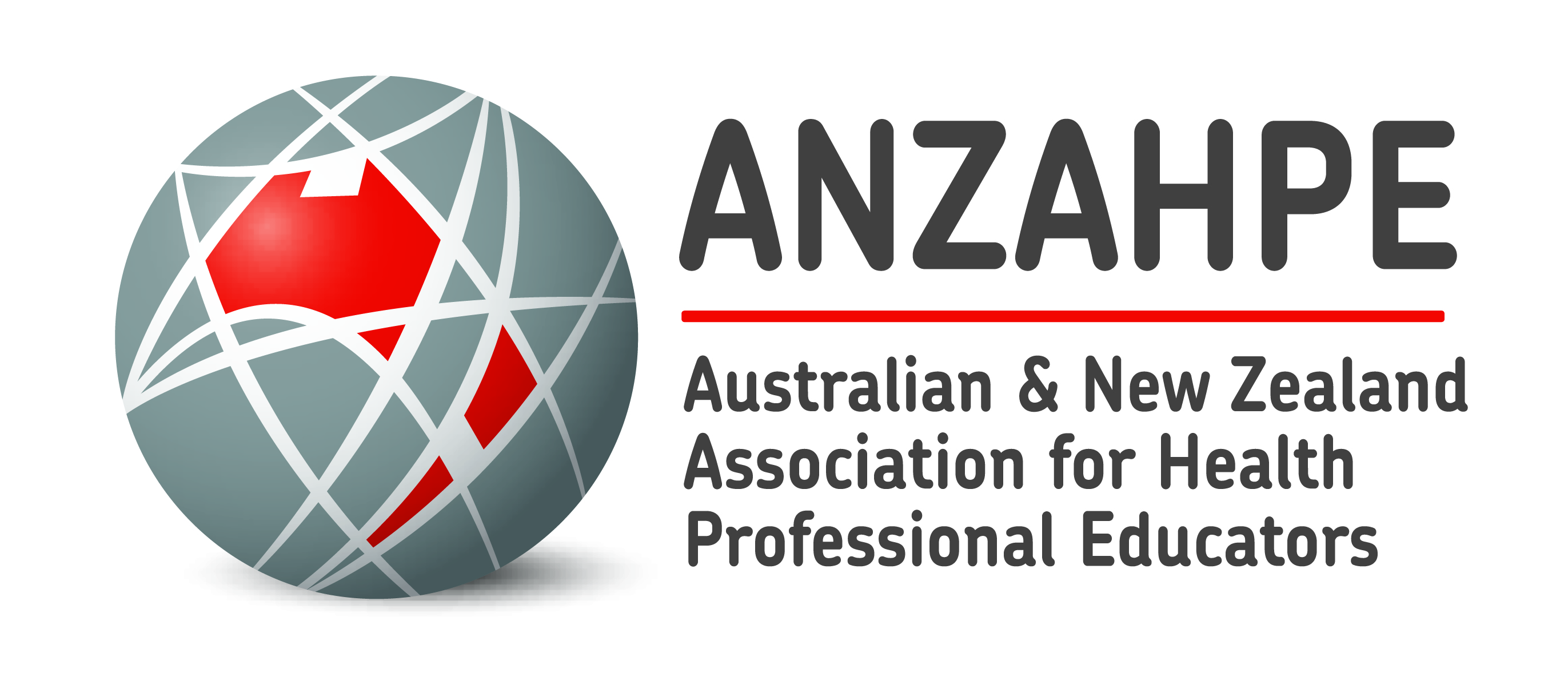Collaborative autoethnography: The potential for health professional education research
DOI:
https://doi.org/10.11157/fohpe-vol26iss1id918Keywords:
collaborative autoethnography, CAE, health professional education, education researchAbstract
Collaborative autoethnography (CAE) is a qualitative methodology that enables new knowledge through a process of collective meaning making. Common in higher education, the paucity of CAE in health professional education scholarship indicates that its value remains underexplored in the field. This paper describes the experiences and processes underpinning one example of CAE applied in higher education and how this approach informed the use of CAE as part of a clinical education research project. We offer one means of conducting CAE, highlighting our own experiences as well as the potential for health professional education scholarship. In the context of a centrally sponsored curriculum redesign project that promoted online modes of teaching, we detail how CAE data can be generated through a mix of written reflections and structured collaborative conversations over a defined period of data collection. Data was analysed individually, collectively and iteratively and, ultimately, drew on theory. We experienced shifts in our relationships and selves as the university increased its online and blended modes for teaching and learning, impacting both professional and personal identities. We then describe how the CAE processes have been translated into the health professional education context. In conclusion, the rich collaborative conversations inherent in CAE offer more than just the exploration of research questions: they foster collegiality and professional relationships that resonate well beyond the study period. In this paper, we illustrate how CAE can be a robust method in educational research when it is undertaken systematically and over time, allowing for non-hierarchical conversations and collective analysis to form new knowledge.
References
Chang, H., Ngunjiri, F. W., & Hernandez, K. A. C. (2012). Collaborative autoethnography. Routledge Taylor and Francis Group. https://doi.org/10.4324/9781315432137
Cochran-Smith, M., & Lytle, S. L. (Eds.). (1993). Inside/outside: Teacher research and knowledge. Teachers College Press.
DeFrancisco, V. P., Kuderer, J., & Chatham-Carpenter, A. (2007). Autoethnography and women’s self-esteem: Learning through a living method. Feminism & Psychology, 17(2), 237–243. https://doi.org/10.1177/0959353507076557
Duffy, J., Wickersham-Fish, L., & Rademaker, L. (2018). Using collaborative autoethnography to explore online doctoral mentoring: Finding empathy in mentor/protégé relationships. American Journal of Qualitative Research, 2(1), 57–76. https://doi.org/10.29333/ajqr/5794
Ellis, C., Adams, T. E., & Bochner, A. P. (2011). Autoethnography: An overview.
Forum: Qualitative Social Research, 12(1). https://doi.org/10.17169/fqs-12.1.1589
Farrell, L., Bourgeois‐Law, G., Regehr, G., & Ajjawi, R. (2015). Autoethnography: Introducing “I” into medical education research. Medical Education, 49(10), 974–982. https://doi.org/10.1111/medu.12761
Feldman, A. (1999). The role of conversation in collaborative action research. Educational Action Research, 7(1), 125–147. https://doi.org/10.1080/09650799900200076
Fox, B., Bearman, M., Bellingham, R., North‐Samardzic, A., Scarparo, S., Taylor, D., Thomas, M., & Volkov, M. (2021). Longing for connection: University educators creating meaning through sharing experiences of teaching online. British Journal of Educational Technology, 52(5), 2077–2092. https://doi.org/10.1111/bjet.13113
Godber, K. A., & Atkins, D. R. (2021). COVID-19 impacts on teaching and learning: A collaborative autoethnography by two higher education lecturers. Frontiers in Education, 6. https://doi.org/10.3389/feduc.2021.647524
Gunzenhauser, M. G. (2006). A moral epistemology of knowing subjects: Theorizing a relational turn for qualitative research. Qualitative Inquiry, 12(3), 621–647. https://doi.org/10.1177/1077800405282800
Hains-Wesson R., & Young, K. (2017). A collaborative autoethnography study to inform the teaching of reflective practice in STEM. Higher Education Research & Development, 36(2), 297–310. https://doi.org/10.1080/07294360.2016.1196653
Hannigan, S., Raphael, J., White, P., Bragg, L. A., & Clark, J. C. (2016). Collaborative reflective experience and practice in education explored through self-study and arts-based research. Creative Approaches to Research, 9(1), 84–110.
Heron, J., & Reason, P. (2008). Extending epistemology within a co-operative inquiry. In P. Reason & H. Bradbury (Eds.), The Sage handbook of action research: Participative inquiry and practice (pp. 366–380). Sage Publications. https://doi.org/10.4135/9781848607934.n32
Ibrahim, K., Weller, S., Elvidge, E., & Tavener, M. (2023). Using collaborative autoethnography to explore the teaching of qualitative research methods in medicine. Advances in Health Sciences Education, 28(5), 1467–1483. https://doi.org/10.1007/s10459-023-10224-z
Lapadat, J. C. (2017). Ethics in autoethnography and collaborative autoethnography. Qualitative Inquiry, 23(8), 589–603. https://doi.org/10.1177/1077800417704462
Walker, E. R., Shaw, S. C. K., & Anderson, J. L. (2020). Dyspraxia in medical education: A collaborative autoethnography. The Qualitative Report, 25(11), 4072–4093. https://doi.org/10.46743/2160-3715/2020.4352
Downloads
Published
Issue
Section
License
Copyright (c) 2025 Focus on Health Professional Education: A Multi-Professional Journal

This work is licensed under a Creative Commons Attribution-NonCommercial-NoDerivatives 4.0 International License.
On acceptance for publication in FoHPE the copyright of the manuscript is signed over to ANZAHPE, the publisher of FoHPE.






